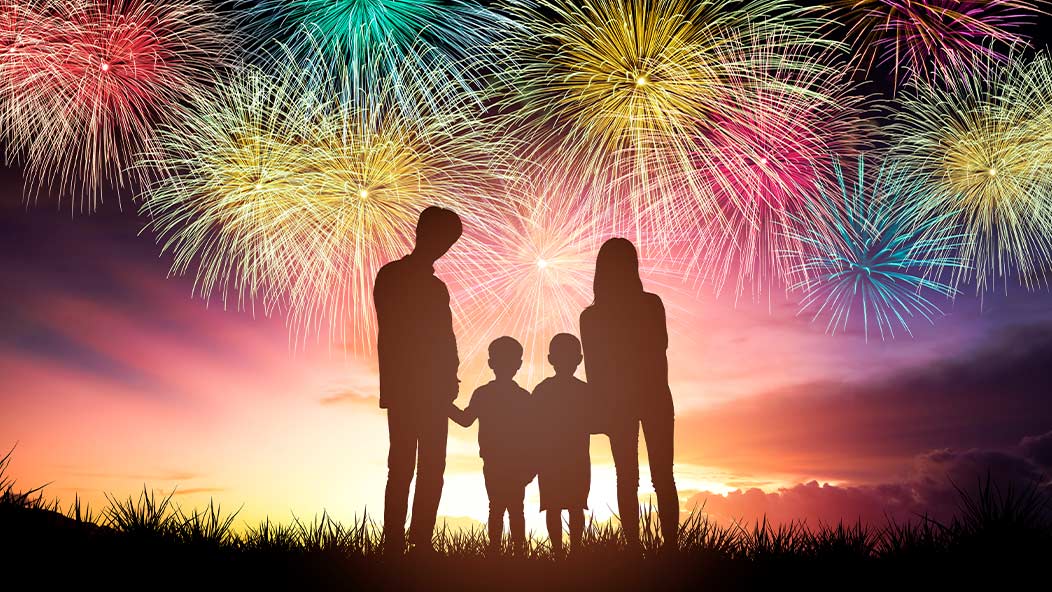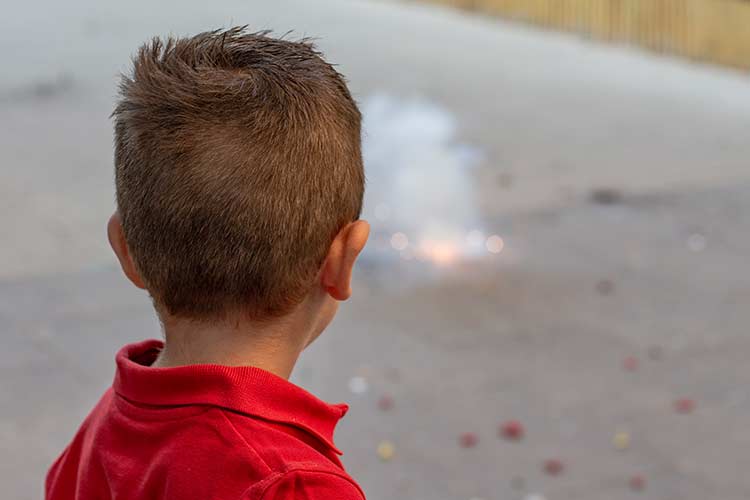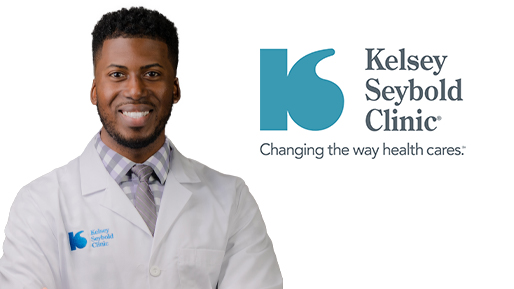Join Our eNewsletter!
Subscribe to our monthly newsletter to receive encouraging advice to help you lead a healthy lifestyle.

Kids and Fireworks: A Dangerous Combination
By Diana Amaya-Hellman, MD, FAAP
There’s something magical about fireworks, especially for kids. The brightly colored illuminations light up the sky, and the resounding booms generate excitement. But when you use fireworks, you quite literally play with fire. And when children get involved, it can end in disaster.
According to the U.S. Consumer Product Safety Commission, in 2020 there were an estimated 15,600 injuries associated with fireworks treated in hospital emergency departments. Children under the age of 15 made up 18% of these injuries. Experts caution to never allow children near fireworks.
Are Sparklers Safe?
While it’s common for parents to allow kids to hold sparklers, these are far more dangerous than most people think. Sparklers burn at around 2,000 degrees Fahrenheit, which is hot enough to melt some metals. Many children suffer burns when a sparkler touches their hands or they drop the sparkler on their feet. Sparklers can also cause clothing to catch fire.
According to the National Fire Protection Association, sparklers are responsible for more than a quarter of firework-related emergency room visits, and nearly half of these injuries happened to children under 5 years old.
Instead of sparklers, consider letting kids play with glow sticks to join in on the fun.

Fireworks Safety Tips
The safest route you can take is to leave fireworks and explosives to the professionals. If you do decide to use fireworks yourself, be sure to follow these safety tips, especially if there are young children around:
- Before purchasing or using fireworks, learn your state’s laws, rules, and regulations, and be sure the fireworks you’re purchasing are legal. Any fireworks used by consumers are designated as Class C or 1.4G.
- Never attempt to make or use a DIY firework.
- Keep a close eye on children when fireworks are in use, and don’t allow them to touch or get close to any type of fireworks.
- Dress children in snug clothing to avoid clothing catching fire and closed-toe shoes to prevent feet from being burned if pieces of fireworks are accidentally stepped on.
- Everyone should stay at least 100 feet away from where fireworks are being ignited.

- Before lighting a firework, scan the area to make sure no one is nearby. Never stand directly over a firework when lighting, and quickly back up as far as you can immediately after lighting it.
- Only light one firework at a time.
- Always have a bucket of water or connected garden hose nearby to douse fireworks after they stop burning to prevent fires.
- Never try to re-light fireworks that failed to go off.
- Don’t allow children to pick up pieces of fireworks after they’ve gone off. Even small pieces of spent fireworks can reignite and explode.
- Soak all pieces of fireworks and unexploded fireworks in a bucket of water before throwing them in the trash.
What To Do If a Child Is Injured
Using fireworks always poses a danger, even if you’re being careful. If your child is injured by fireworks, seek medical attention immediately. If your child has sustained a burn, remove any clothing from the burn site and head to the emergency room.
If your child has an eye injury due to fireworks:
- Don’t let them touch or rub their injured eye.
- Don’t flush the eye out with water or apply ointment.
- If possible, cut out the bottom of a paper cup and place it around your child’s eye until you can get emergency medical care.

